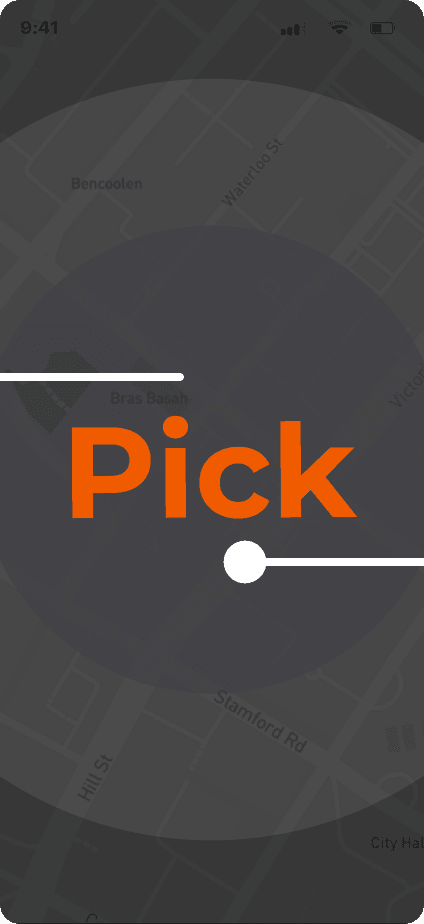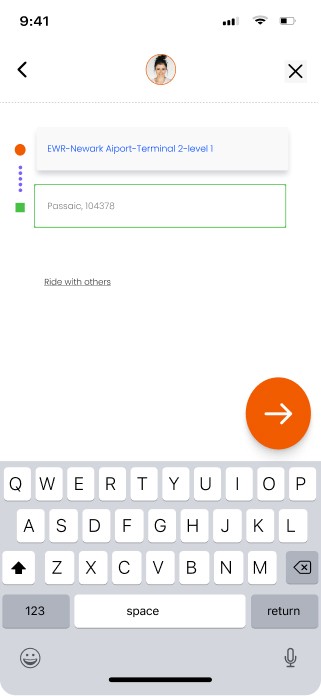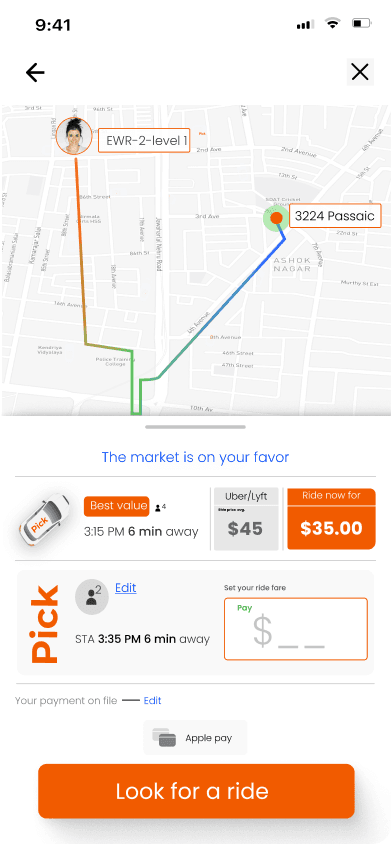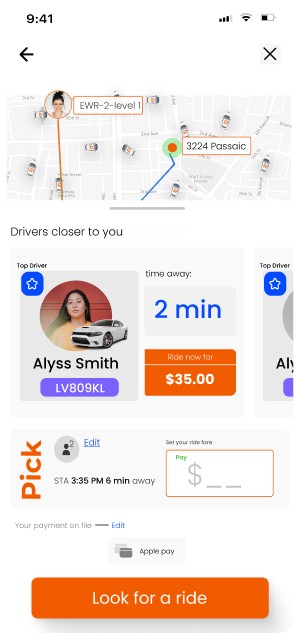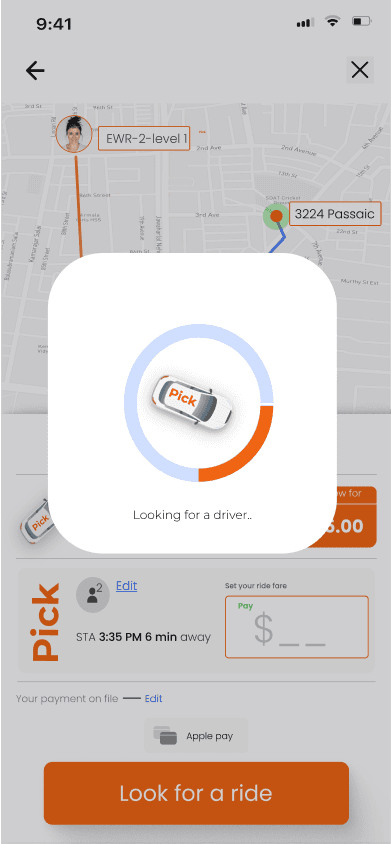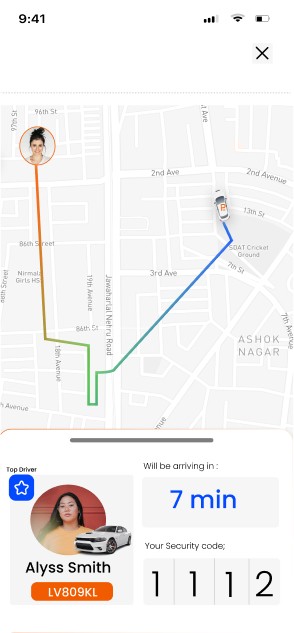Project:
Problem Statement:
Key Challenges:
Goals & Objectives:
As the Lead Product Designer, I worked closely with the engineering team to ensure the product's feasibility. Given the complexity of real-time bidding and the integration of dynamic pricing algorithms, constant communication was key. We used Agile methodology, allowing for iterative feedback and quick changes to be made throughout the development process.
We analyzed key competitors like Uber, DiDi, and Lyft to identify gaps and opportunities for Pick to stand out.
Surveys were distributed to a broader audience to validate initial findings and understand how ride-sharing services impact users' daily lives.
Survey
Flied Observation
Users wanted more control over pricing, with many expressing interest in a bidding or dynamic pricing model to reduce costs.
Users valued transparency regarding driver location, ride time, and pricing. A clear, upfront system was necessary to gain user trust.
Users were willing to pay slightly more if it meant significantly reducing wait times.
Discovery Workshop
I focused on creating a clear and intuitive information architecture (IA) to streamline the user experience. I began by mapping out the user flows, identifying the key interactions users would have with the app—such as ride booking, bidding, and payment options.

In the wireframing phase, I translated the ideas from the discovery workshop and information architecture into low-fidelity wireframes using Figma. The wireframes focused on key features such as ride selection, dynamic pricing, and the 'Pick Now' bidding system. My goal was to ensure clarity and ease of use, providing a foundation for testing interactions and navigation.
Design System
Once the wireframes were validated through feedback, I developed high-fidelity prototypes using our established design system to ensure visual consistency across the app. These prototypes incorporated real data, polished visuals, and interactive elements, showcasing the core features like dynamic pricing, driver profiles, and the 'Pick Now' option



